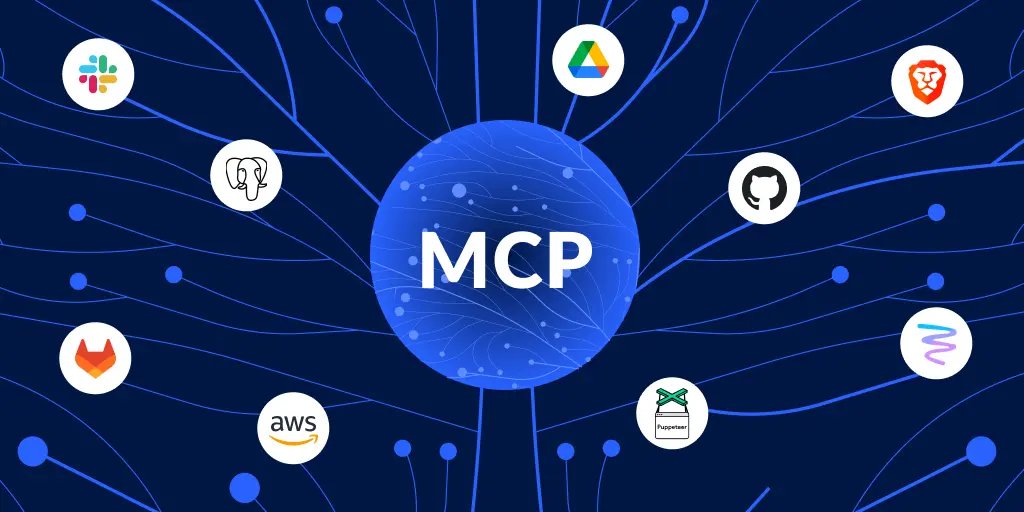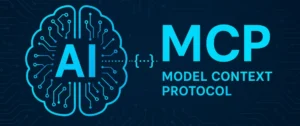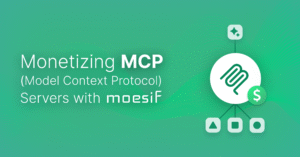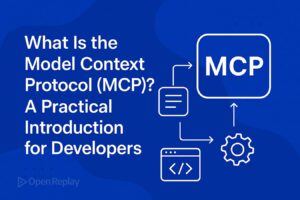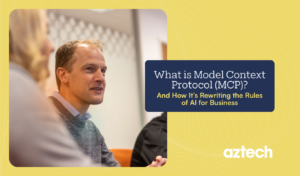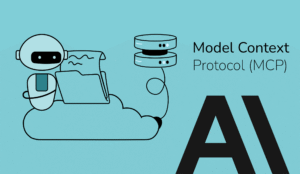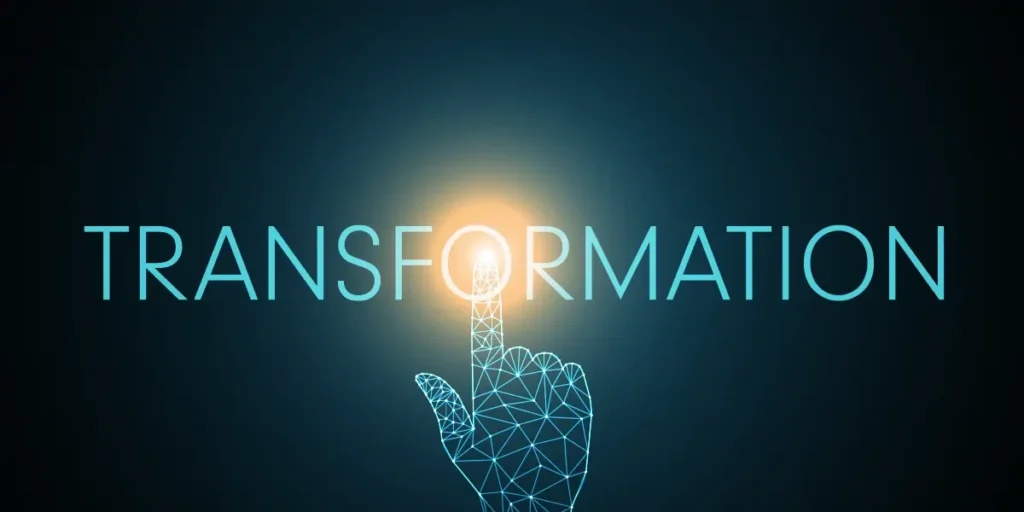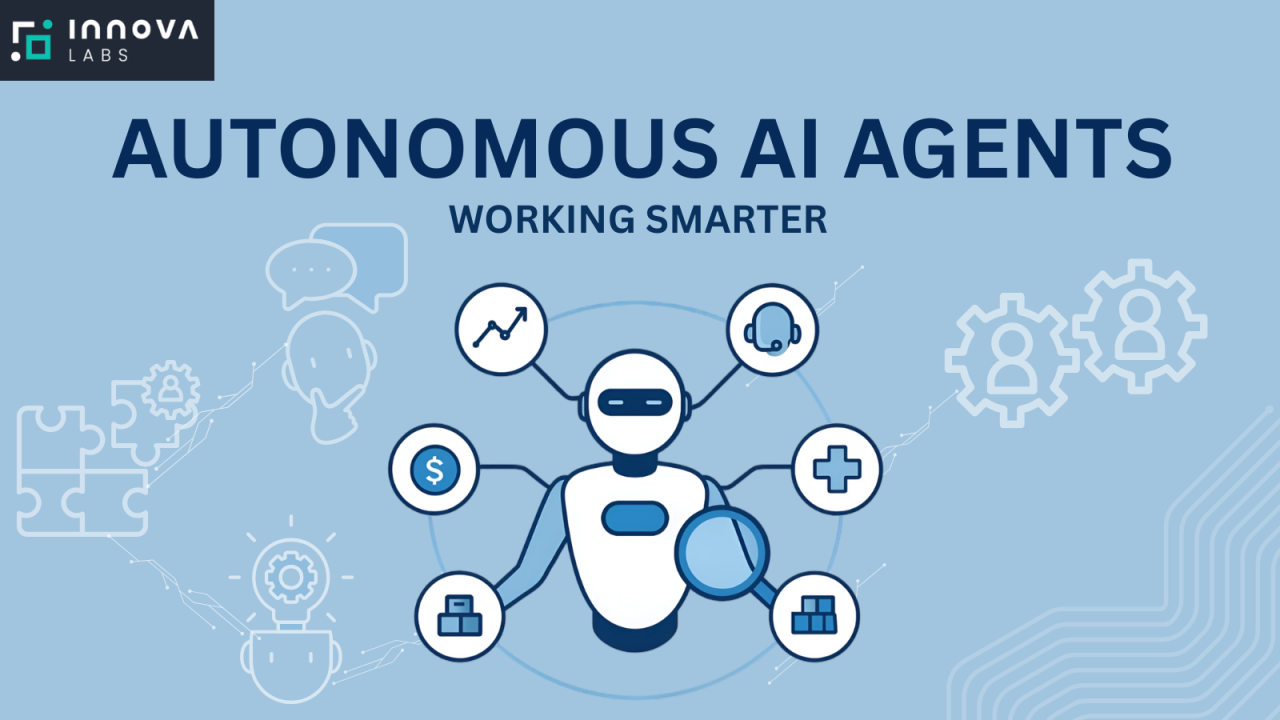Top 15 Model Context Protocol (MCP) Servers for Frontend Developers (2025)
The Model Context Protocol (MCP) — often called the “USB-C for AI apps” — went from a niche idea in late 2024 to a day-to-day developer tool in 2025. For frontend engineers who build UIs, component libraries, and deployment pipelines, MCP servers unlock the ability for LLMs and agentic tools to operate safely on your design system, repos, build pipelines, observability, and vector stores. This guide picks the top 15 MCP servers you should know in 2025, why each matters for frontend workflows, and practical tips for adoption. The Verge+1
Quick primer: what an MCP server does (one paragraph)
An MCP server exposes a standardized set of tools and metadata to MCP clients (LLM-powered tools and agents). Instead of hardcoding every API and function call for each assistant, you run or use an MCP server that describes available actions (e.g., “list components”, “deploy site”, “run Playwright snapshot”) and enforces authorization/consent. For frontend teams this means agents can generate code from designs, open PRs, run visual tests, query logs, or fetch user-facing data — while the MCP server mediates what they can do. Model Context Protocol+1
How I chose these 15
Selection criteria: relevance to frontend developer workflows (design → code → test → deploy → observe), maturity (official or widely used community servers), security posture & docs, and ecosystem momentum (adoption by tools like Claude, Cursor, Copilot, and editor integrations). Wherever possible I prioritized official servers or heavily used community implementations. Many of these are already production-used or documented in provider docs. GitHub+1
The Top 15 (short summary + what frontend teams use them for)
1) GitHub MCP Server — code + PRs + repo context
Why: GitHub is where frontend work lives. The GitHub MCP Server lets agents read code, propose PRs, manage issues, and act on CI metadata — huge for automated refactors, test generation, and PR summaries. Use case: ask an assistant to create a PR that wires a new Storybook story or updates a dependency and it can actually create the branch/PR for you. Docs & official registry available. GitHub+1
2) Vercel MCP Server — preview deployments, environment control
Why: Many frontend teams deploy to Vercel. Vercel’s MCP support makes it trivial for agents to trigger preview deployments, read deployment logs, or roll back a broken change from an editor or chat. Helpful in “deploy from chat” workflows and automating preview site creation for feature branches. Vercel provides templates and an official how-to. Vercel+1
3) Cloudflare MCP Server — edge config, workers, and routing
Why: Cloudflare’s MCP tooling lets agents inspect zones, update Worker scripts, inspect firewall rules, and run diagnostics. Useful when frontend engineers need quick fixes to caching, redirects, or to automate A/B config changes safely. Cloudflare also published helpers for deploying remote MCP servers on Workers. The Cloudflare Blog+1
4) Netlify MCP Server — CI/CD & serverless for JAMstack apps
Why: Netlify’s MCP gives agents the ability to create sites, trigger builds, set env vars, and manage forms/edge handlers. If your flow is Netlify → Git → preview deploys, adding an MCP server lets LLMs participate in those operations securely. Netlify has official templates and docs for MCP. Netlify+1
5) Supabase MCP Server — Postgres + auth for frontend state
Why: For frontend apps using Supabase, an MCP server lets agents query tables, generate typed queries, help scaffold APIs, or perform migrations (with constraints). Great for prototyping features or generating example queries directly from a design brief. Supabase documentation and community servers exist. Supabase+1
6) Firebase MCP Server — Firestore, Storage, Auth actions
Why: Firebase MCP supports common frontend backends (Firestore, Storage, Auth). Use it to let assistants create auth flows, fix Firestore rules, or upload assets — but always gate destructive operations behind explicit consent and role restrictions. Firebase has official guides for MCP integration. Firebase+1
7) Figma Dev-Mode MCP Server — design-to-code fidelity
Why: Figma’s Dev Mode MCP server (and related plugins) exposes tokens, component trees, layout metrics and exportable snippets. This is the single most useful MCP for converting high-fidelity designs into usable React/HTML/CSS scaffolding, or for generating consistent style tokens. It dramatically reduces screen-scraping hacks. help.figma.com+1
8) Storybook / Chromatic MCP Server — UI testing & visual review
Why: Storybook MCP servers expose component metadata and visual snapshots (Chromatic integration). Agents can run visual regression checks, propose fixes, or add test cases based on failing visual diffs — great for fast UI QA loops. Community and vendor servers are available. GitHub+1
9) Sentry MCP Server — observability and error triage
Why: Sentry’s MCP server gives agents access to issue context, stack traces, and release metadata. That lets an assistant propose probable fixes, create PRs that reference error IDs, or triage incidents faster — but you should carefully restrict write/mutate tooling. Sentry offers an official MCP server and docs. Sentry Docs+1
10) Pinecone MCP Server — semantic search / vector DB for UIs
Why: Frontend features like in-app search, recommendations, or content assistants often rely on vector DBs. Pinecone’s MCP servers (including Pinecone Assistant) allow agents to upsert embeddings, run semantic queries, and expose search results to UI flows. Pinecone published early MCP servers and tutorials. Pinecone+1
11) Chroma MCP Server — open-source vector DB for local dev & memory
Why: Chroma has community and official MCP adapters so agents can use local vector stores for RAG and memory. Useful when you want a self-hosted solution during development or to keep data on-prem. Chroma MCP projects are popular and well-documented. GitHub+1
12) Hasura / GraphQL MCP Servers — schema discovery + queries
Why: If your frontend talks to GraphQL, Hasura MCP servers enable schema introspection and safe query/mutation calls by agents. They help generate type-safe queries, propose data model changes, or assemble data fixtures for storybook stories. Hasura and community projects supply adapters. cursor.directory+1
13) Playwright / Browser Automation MCP Server — accessibility snapshots & testing
Why: Browser automation MCP servers provide structured DOM/accessibility snapshots that agents can reason over (no CV needed). Frontend devs can ask an assistant to run a Playwright check, capture a failing interaction, or programmatically validate ARIA attributes — perfect for test generation and debugging. Community examples and templates exist. LobeHub+1
14) SQL / MCPQL Servers (Postgres, Neon, MSSQL) — run safe SQL from the editor
Why: Frontend engineers building dashboards or admin UIs will love being able to ask an assistant to run read-only queries, generate migration skeletons, or produce seed data. MCPQL/SQL servers (many community implementations) expose safe query tools with pagination and previewing. Always enforce a service-role or read-only policy for production databases. PyPI+1
15) Custom Local & File-system MCP servers (Claude Desktop / local adapters) — local prototyping
Why: Local MCP servers (for files, code snippets, or private design tokens) are indispensable for rapid prototyping. Claude Desktop and other MCP clients make it trivial to connect a local file-system server so agents can read your local code, run linters, or produce suggested edits without exposing prod systems. This is especially valuable in early feature experiments. Model Context Protocol+1
Implementation notes & recommended patterns (practical advice)
Security first — always assume the agent could try things
MCP explicitly gives agents the power to act. That’s great — and dangerous if misconfigured. Use least-privilege tokens, ephemeral credentials, OAuth flows with explicit scopes, and UI consent flows for destructive tools. The MCP spec and vendor updates emphasize auth and ephemeral methods in 2025. Microsoft, Cloudflare and others are rolling controlled registries and consent screens for MCP integrations — follow those patterns. Model Context Protocol+2The Verge+2
Start read-only; promote granular write ops later
When you first onboard a new MCP server, expose read endpoints and metadata only. After you’ve audited tool behavior and logging, add narrowly scoped write tools (e.g., “create-PR-from-branch”) rather than exposing generic mutate endpoints.
Version your MCP tool descriptors & human-readable docs
Treat your mcp.json (or equivalent) like API docs: version it, review changes in PRs, and produce short human docs for product/security teams that explain what each tool does and who should approve it.
Use staging sandboxes for UI/visual workflows
For Storybook/Chromatic and deployment servers (Vercel/Netlify), set up a staging project that agents can operate on. This contains any accidental experiments and lets you test gate conditions.
Audit logs & explainability
Log every MCP invocation (tool name, client, user, inputs, and returned result). Because agents can chain tool calls, having a complete trace lets engineers reproduce and roll back actions. Many vendors (Sentry, Datadog) are already adding MCP-specific monitoring. DevOps.com
Tips for frontend-specific adoption scenarios
-
Design → Code: Use the Figma MCP server + Storybook MCP to turn a selected Figma frame into a Storybook story and a component scaffold automatically. Then run visual tests via Chromatic MCP. (Figma + Storybook + Chromatic is a powerful combo.) help.figma.com+1
-
Ship faster with safe CI commands: Connect GitHub + Vercel/Netlify MCP servers so an agent can open a PR that triggers a preview build and attach the preview URL to the PR automatically. GitHub+1
-
Automated triage: A Sentry MCP + GitHub MCP server lets an assistant triage an error, create a minimal repro branch, and open a PR referencing the issue — dramatically reducing time to first fix. Sentry Docs
-
In-app smart search: Connect your vector DB (Pinecone/Chroma) via MCP to let in-app assistants answer product docs and UX questions using freshly indexed docs. Pinecone+1
Pitfalls & gotchas
-
Identity fragmentation & credentials: Security writeups in 2025 call out “identity fragmentation” as MCP’s biggest risk — scattered credentials and static tokens are the primary attack vector. Move toward ephemeral credentials and centralized identity/just-in-time access. TechRadar
-
Unbounded mutations: Community MCP servers vary: some expose dangerous mutation tools by default. Audit community implementations before using them in prod. GitHub
-
Tool chaining: Agents will chain multiple MCP calls. Think about policy enforcement across chains, not just single-call RBAC. Implement approval hooks for multi-step, high-impact actions.
Where to learn more & useful links (official docs & registries)
-
Model Context Protocol official site & spec (core concepts, server primitives, and revisions). Model Context Protocol+1
-
Anthropic announcement and early examples (history & rationale). The Verge
-
Vercel, Cloudflare, GitHub MCP docs and server templates — practical deployment instructions. Vercel+2The Cloudflare Blog+2
-
Community registries & GitHub collections — great for exploring ready-made adapters (Chroma, Pinecone, Supabase, etc.). GitHub+1
Final thoughts — a practical checklist to get started (5 items)
-
Inventory which of the top 15 servers match your stack (design, repo, deploy, DB, observability).
-
Start read-only: enable metadata and read tools for 1–2 servers (e.g., GitHub, Figma).
-
Add logging & consent: wire audit logs and explicit consent screens for write tools.
-
Create a staging sandbox for deployment & visual test servers (Vercel/Netlify/Chromatic).
-
Run a security review before enabling database or production write permissions. Model Context Protocol+1
For quick updates, follow our whatsapp –https://whatsapp.com/channel/0029VbAabEC11ulGy0ZwRi3j
https://bitsofall.com/an-internet-of-ai-agents-coral-protocol-introduces-coral-v1/
AI in Business & Cloud: Transforming Enterprises in the Digital Age

